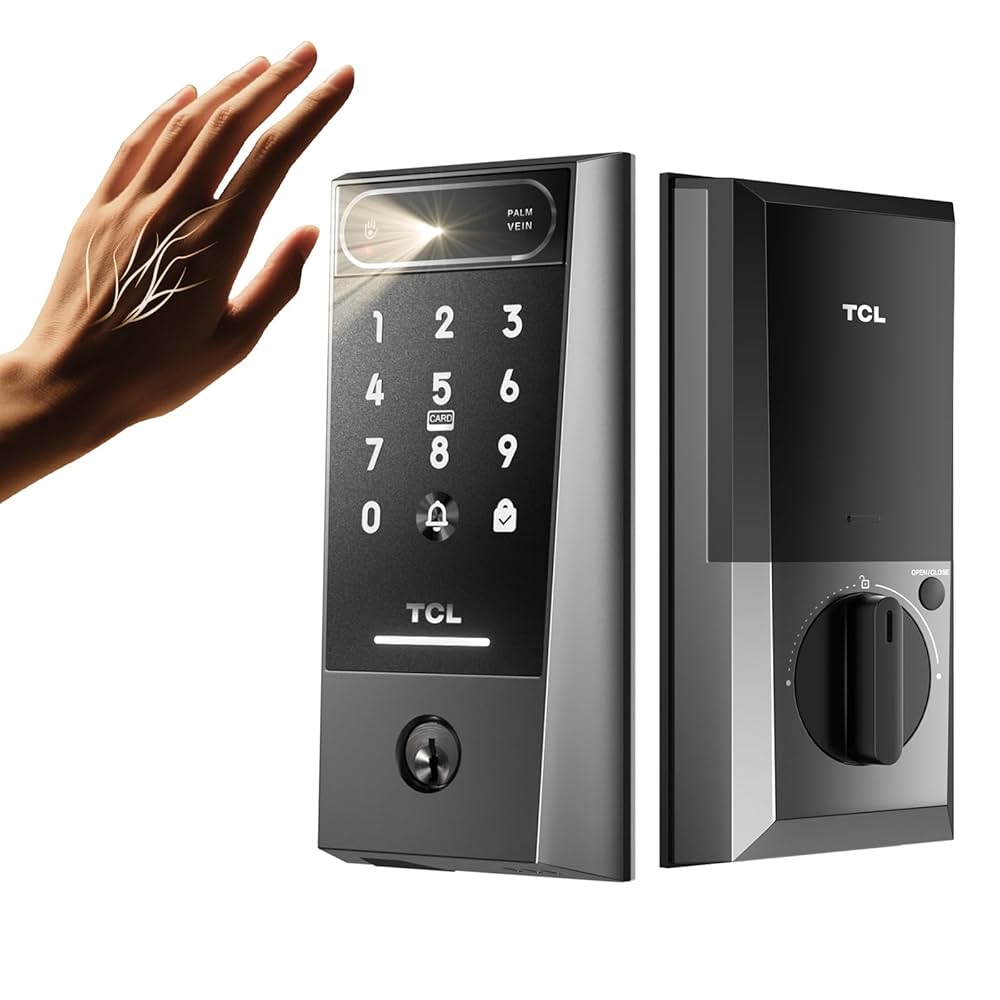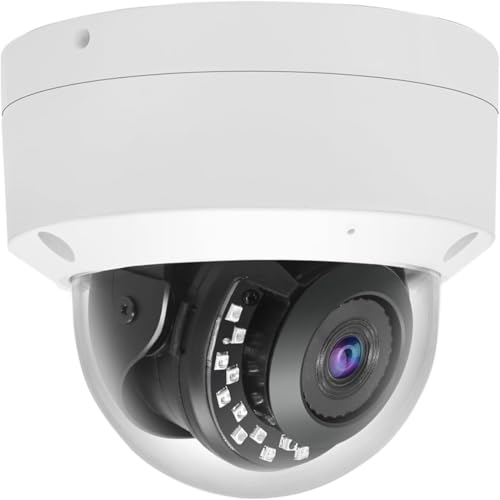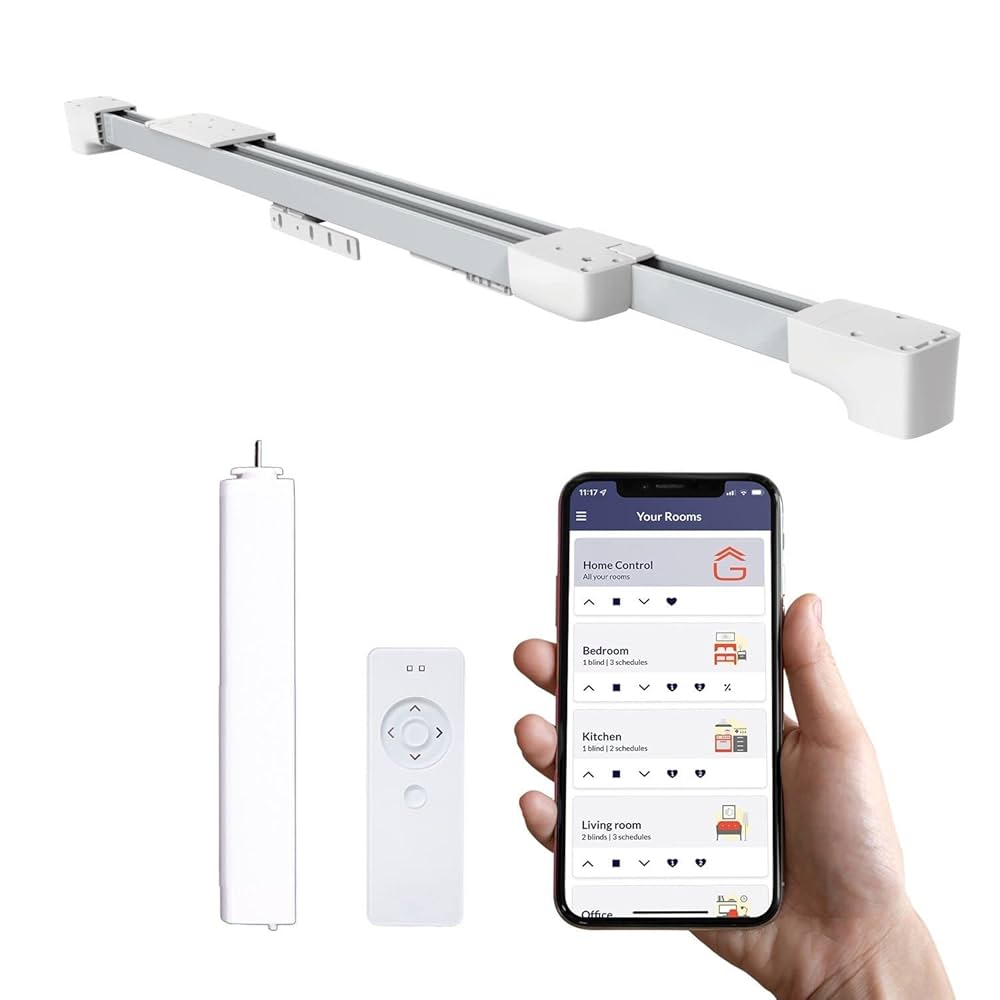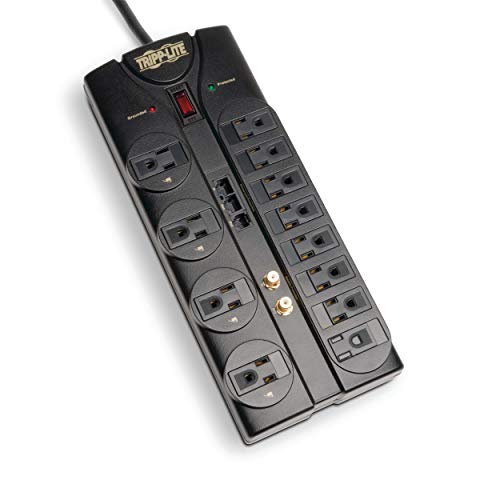Imagine controlling your home security with just your voice. No more fumbling for keys or worrying about forgotten passwords.
Voice control security devices put the power in your hands—or rather, in your words. They offer a simple, fast, and smart way to protect what matters most to you. If you want to learn how these devices can make your life safer and easier, keep reading.
You might be surprised at how much peace of mind is just a few words away.
Voice Control Technology
Voice control technology lets users operate devices by speaking commands. It makes using gadgets easier and faster.
This technology is popular in security devices, helping people control systems without touching buttons.
How Voice Recognition Works
Voice recognition listens to your speech and changes it into digital data. The system then checks this data for commands.
It uses patterns and algorithms to understand different accents and tones, making it more accurate over time.
Popular Voice Assistants
Many voice assistants help control security devices. They respond to simple voice commands to lock doors or check cameras.
- Amazon Alexa
- Google Assistant
- Apple Siri
- Microsoft Cortana
Integration With Smart Devices
Voice control systems connect with smart home gadgets like lights, cameras, and alarms. This allows easy control from one place.
Users can say commands to turn on lights, lock doors, or view security footage without using apps or remotes.
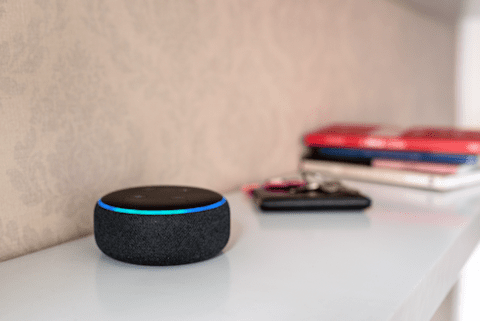
Credit: www.geoarm.com
Types Of Voice Control Security Devices
Voice control security devices help protect homes and offices. They use voice commands to operate and monitor safety systems.
These devices make security easier to manage without using hands or keys. Below are common types of voice control security devices.
Smart Locks
Smart locks let you lock or unlock doors using voice commands. They connect to your home network for remote access.
Some smart locks work with virtual assistants like Alexa or Google Assistant. You can ask to lock doors or check their status.
Voice-activated Cameras
Voice-activated cameras start recording or take pictures when you give a voice command. They help monitor your property easily.
These cameras often include features like live streaming and motion detection. You can control them without touching the device.
Alarm Systems
Alarm systems with voice control let you arm or disarm security alarms using speech. This adds convenience and quick access.
Voice commands can also trigger emergency alerts or call for help. This improves response time in case of danger.
Voice-enabled Sensors
Voice-enabled sensors detect changes like motion, smoke, or glass breaking. You can ask for sensor status or alerts by voice.
These sensors connect to smart home systems. Voice control lets you manage safety without needing to check devices manually.
Benefits Of Voice-controlled Security
Voice-controlled security devices use voice commands to manage your security system. They offer simple and quick ways to keep your home safe.
These devices make it easier to control security without needing to use hands or complicated tools. They add convenience and improve safety.
Hands-free Operation
With voice control, you can operate security devices without touching anything. This is helpful if your hands are full or dirty.
You can lock doors, turn on alarms, or check cameras just by speaking commands. It speeds up your response in emergencies.
Remote Access And Monitoring
Voice-controlled devices often connect to the internet. This lets you check your home security from anywhere using your voice.
You can ask for status updates or give commands even if you are away. This keeps you informed and in control at all times.
Customizable Security Settings
Voice commands can help you change security settings easily. You can set alerts, adjust sensors, or manage access for family members.
Customizing your system by voice saves time. It lets you make quick changes without logging into apps or using remote controls.

Credit: lockly.com
Security Risks And Vulnerabilities
Voice control security devices offer convenience but come with risks. These devices can be targets for hackers and privacy threats. Understanding these risks helps users stay safe.
Knowing the common vulnerabilities can help you make smarter choices about using voice-controlled security devices.
Voice Spoofing And Hacks
Voice spoofing tricks devices by copying a user’s voice. Hackers use recorded or synthetic voices to unlock devices without permission.
These attacks can bypass voice recognition and allow unauthorized access to your home or data.
- Replay attacks use recorded voice samples
- Deepfake voices mimic real users
- Weak voice recognition systems are easier to hack
Privacy Concerns
Voice control devices often listen continuously, raising privacy issues. They may record conversations unintentionally.
Data from these devices can be stored or shared without clear consent, risking user privacy.
- Continuous listening can capture private talks
- Data storage may be insecure
- Third-party sharing risks user information
Device Compatibility Issues
Not all voice control devices work well with other security systems. This can create weak points in your security setup.
Incompatible devices might fail to update or patch security flaws, leaving gaps open for attacks.
- Older devices may lack security updates
- Different brands may not sync properly
- Compatibility issues can cause system errors
Enhancing Voice Security
Voice control security devices use your voice to unlock and control systems. Protecting these devices is very important.
Strong security helps stop hackers and keeps your private data safe from theft or misuse.
Multi-factor Authentication
Multi-factor authentication asks users to prove who they are in more than one way. This adds an extra layer of safety.
For example, it may require a password and a voice command before unlocking the device. This makes it harder for intruders to get access.
- Combines voice recognition with PIN codes
- Uses a smartphone app to confirm identity
- Requires fingerprint or face scan plus voice
Regular Software Updates
Software updates fix bugs and add new security features. They keep voice control devices safe from new threats.
Devices that do not update often can be easier targets for hackers. Updating regularly keeps protection strong.
- Fixes weaknesses in older software versions
- Improves voice recognition accuracy
- Adds new security protocols and patches
Voiceprint Recognition
Voiceprint recognition uses unique voice patterns to identify users. Each person’s voice has distinct features.
This technology helps verify that the speaker is the authorized user. It reduces the risk of voice imitation or recordings being used to fool the device.
- Analyzes pitch, tone, and speech rhythm
- Detects changes in voice to prevent spoofing
- Stores encrypted voiceprints for safety
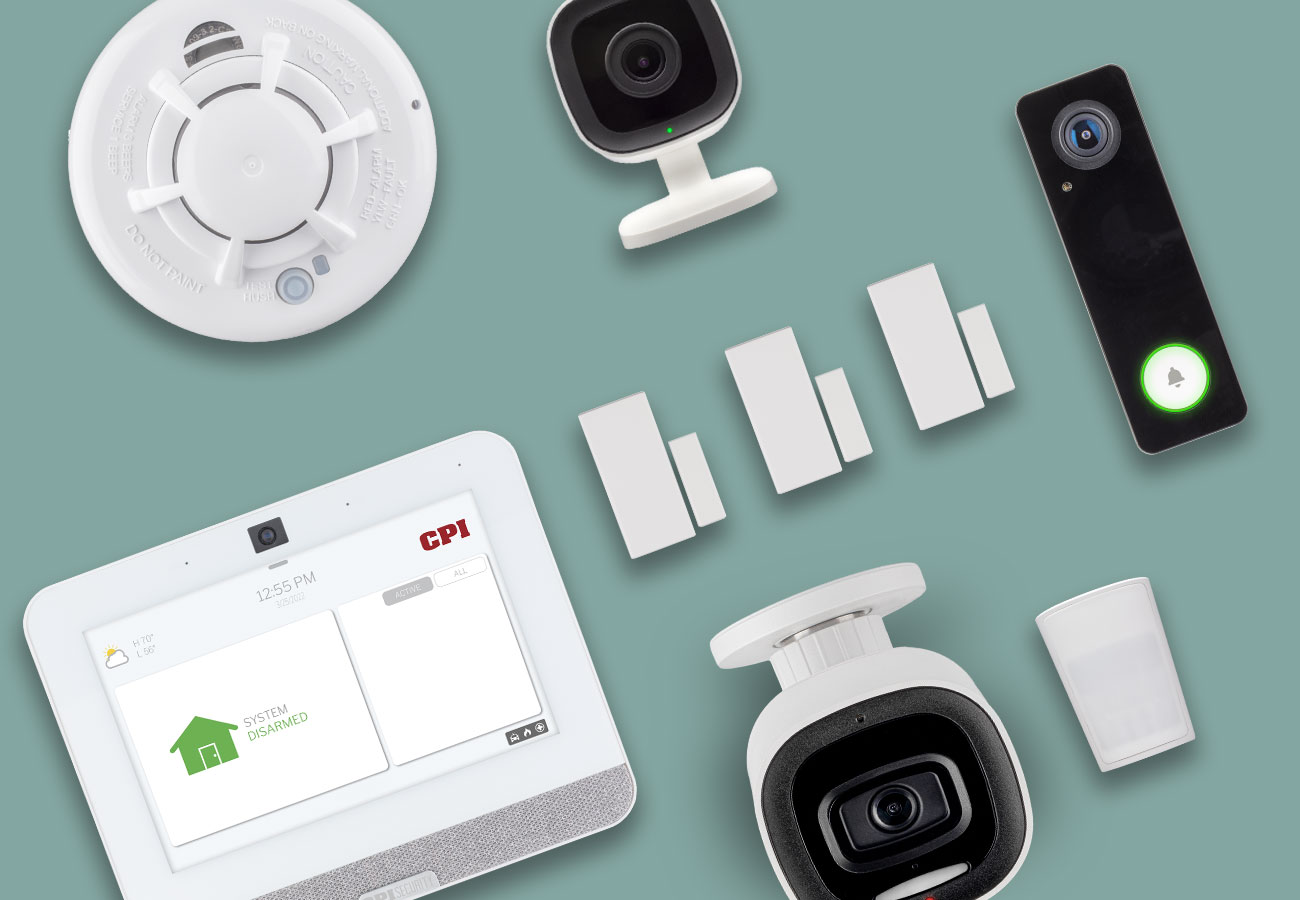
Credit: cpisecurity.com
Installation And Setup Tips
Voice control security devices make your home safer and easier to manage. Installing them correctly helps you use their full power.
This guide shares simple tips for installation and setup. Follow these to get the best results from your devices.
Choosing The Right Devices
Select devices that fit your security needs and voice system. Not all devices work well together.
Check device compatibility with your voice assistant before buying. Look for devices with easy setup and good reviews.
- Pick devices compatible with popular voice assistants
- Choose products with clear setup instructions
- Consider devices with built-in security features
- Look for devices that match your home size
Network Configuration
Secure and stable network setup is key for voice control devices. Weak Wi-Fi can cause delays or failures.
Use a strong password for your network. Place devices close to your router or use Wi-Fi extenders to improve signal.
- Set up a separate network for your security devices
- Update your router firmware regularly
- Use WPA3 security if your router supports it
- Limit device access to trusted users only
Optimizing Voice Commands
Clear and simple voice commands improve device response. Use short phrases that your device easily understands.
Train your devices to recognize your voice. Avoid background noise during setup for better accuracy.
- Use specific words for each command
- Speak slowly and clearly
- Test commands regularly and adjust if needed
- Keep your voice profile updated
Future Trends In Voice Security
Voice control security devices are becoming more common in homes and workplaces. Their ability to recognize voices adds a layer of safety. The future of these devices looks very promising.
New technologies will make voice security smarter and more reliable. These changes will help protect personal data better and stop unauthorized access.
Ai And Machine Learning Integration
AI and machine learning help voice security systems learn from user behavior. They get better at detecting real users and spotting fake voices.
These systems can improve by analyzing many voice samples. They adapt to changes in voice tone or background noise, making security stronger.
- Detects unusual voice patterns
- Adapts to user’s changing voice
- Reduces false alarms
Improved Voice Biometrics
Voice biometrics will become more accurate in the future. Devices will use deeper analysis of voice features like pitch and rhythm.
This will make it harder for imposters to trick the system. Voiceprints will be unique and more secure than before.
- Uses multiple voice features for ID
- Detects voice recordings and copies
- Works even with background noise
Cross-device Security Ecosystems
Voice security will connect many devices for better protection. Phones, smart speakers, and locks will work together.
This creates a strong network that shares voice data securely. It stops intruders by checking voices across devices.
- Syncs voice data between devices
- Detects suspicious voice activity
- Provides consistent security everywhere
Frequently Asked Questions
What Are Voice Control Security Devices?
Voice control security devices use voice commands for access and control. They enhance convenience by enabling hands-free operation and improve security with unique voice recognition technology.
How Secure Are Voice Control Security Systems?
These systems use advanced voice recognition to prevent unauthorized access. They often include encryption and multi-factor authentication, making them highly secure against hacking and spoofing attempts.
Can Voice Control Security Devices Work Offline?
Some devices offer offline functionality for basic commands. However, many require internet connectivity for advanced features like cloud-based voice processing and updates.
What Are Common Applications Of Voice Control Security?
They are used in smart homes, offices, and vehicles. Common applications include door locks, surveillance systems, alarms, and access control.
Conclusion
Voice control security devices offer a smart way to protect homes. They provide convenience and easy access for everyone. Simple commands can manage security settings. These devices enhance safety without extra effort. Users enjoy peace of mind with voice control technology.
It’s a step forward in home security solutions. More households are adopting these systems today. They cater to both tech-savvy and non-tech users. Future improvements promise even better features. Voice-controlled devices are an efficient choice for modern living. Consider integrating them for a safer home environment.
17 min read

